I was riding on my horse, Cheyenne, through the hills of the Wind Cave National Park when we
came upon a prairie rattlesnake!
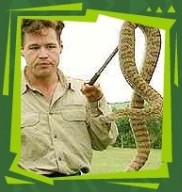
Prairie rattlesnakes are venomous vipers you want to avoid in the wild. You won't get
bitten if you don't mess with them. The sound coming from the rattles on their tails is to
keep larger animals, such as buffalo, from stepping on them.
I wasn't afraid of this rattlesnake because I stayed out of striking distance. The prairie
rattlesnake has a very predictable striking range, but remember to avoid it if you see one
in the wild.
After we left the prairie rattlesnake, Cheyenne and I caught up with a herd of American
bison. These wonderful creatures can weigh up to 2,000 pounds! At one time there were
over 80 million roaming the plains, but over-hunting almost led to their extinction.
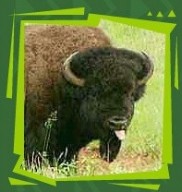
American bison herds consist mostly of females with their calves. The cows usually give
birth to only one baby, but once in a they may have twins.
These animals are very powerful. My aunt and uncle raised buffalo in upstate New York,
so I have had the chance to eat bison many times. It's tasty.
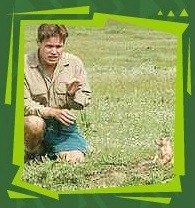
Moving onward, I came across a creature clue -- a prairie dog town. Prairie dogs are the
only animals that our feature creature, the black-footed ferret, eats.
The prairie doge were really curious. They would come up to us and bark, sit up, then go
down into their holes. If you looked down they'd be waiting there, kind of taunting you
to try and get close to them. They were really funny.
Along the way to catching up with my friend Ben, I observed a few more wonderful prairie
animals like the coyote and the bull snake. I finally reached Ben's teepee just after
dark. Ben is a Native American that lives on the plains. He advised me to find the black-
footed ferret I must have quick eyes. We settled into the teepee for a good night's rest.
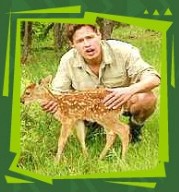
In the morning I fed some begging burros before moving into the South Dakota Badlands, I
came across two very different kinds of babies -- a baby white-tailed deer and some baby
mountain lions.
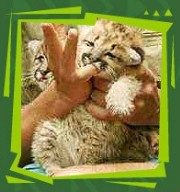
All of these babies have spots on their fur that help to protect them from predators. The
spots fade as the animals get older. The fawn simply lies down in the tall grass and stays
perfectly still, in hopes that predators will walk right by until mom comes back.
This fawn was actually being set free back into the wild. She was an orphan we found at a
rehabilitation center. Don't worry -- that mountain lion didn't get anywhere near her!
Those cubs were really rambunctious. They were too tiny to have developed sharp teeth.
The suckling on my fingers didn't hurt or leave any marks.
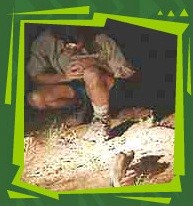
Finally night fell, which was great because, just like the red wolf we saw last week, the
black-footed ferret is active at night. These ferrets belong to the same group as skunks
and weasles, but their fur is shorter and their faces are narrower so they can get down
prairie dog holes.
I was surprised by how close the black-footed ferrets got to me. This was my first time
seeing them and it was pretty cool. There are so few of them, it was a real treat. The
black-footed ferret is one of the most endangered mammals in North America.
Go Wild,
Jeff
Back to the Journal Page